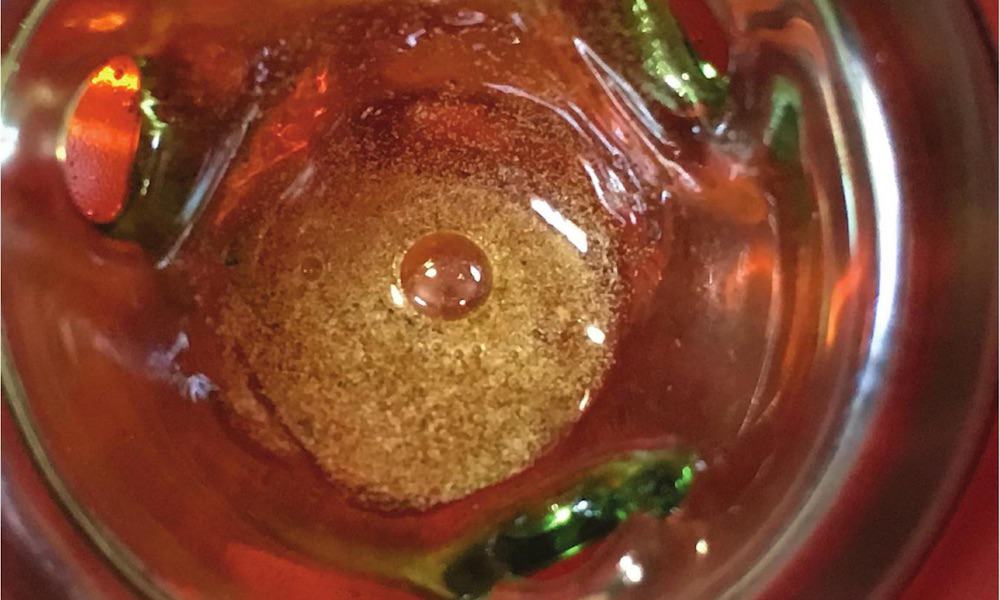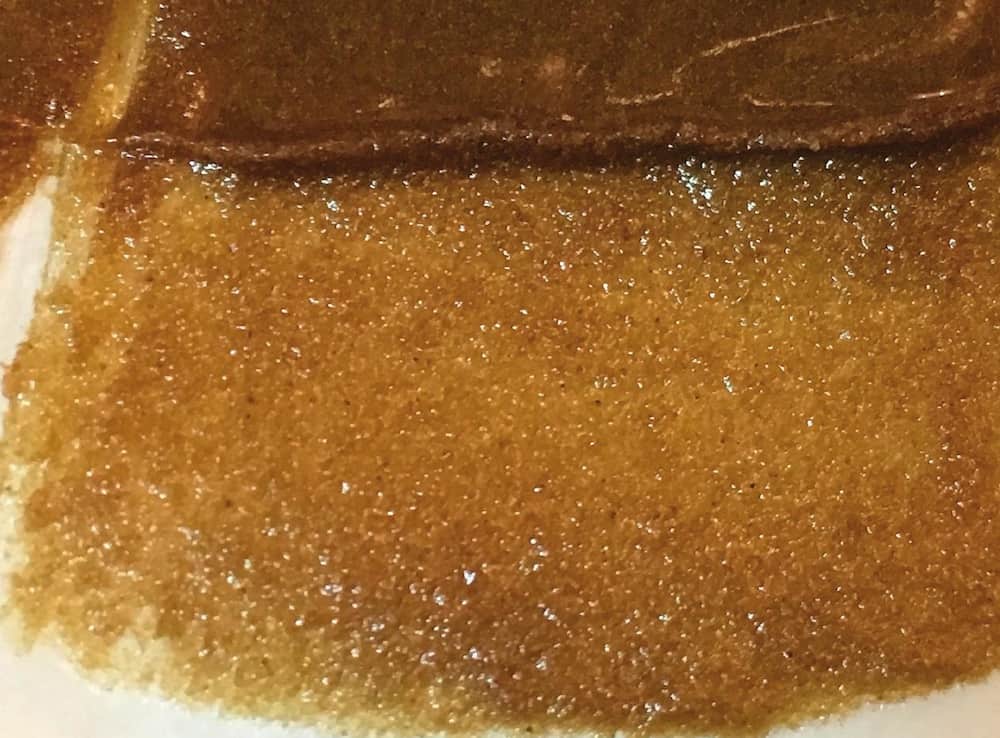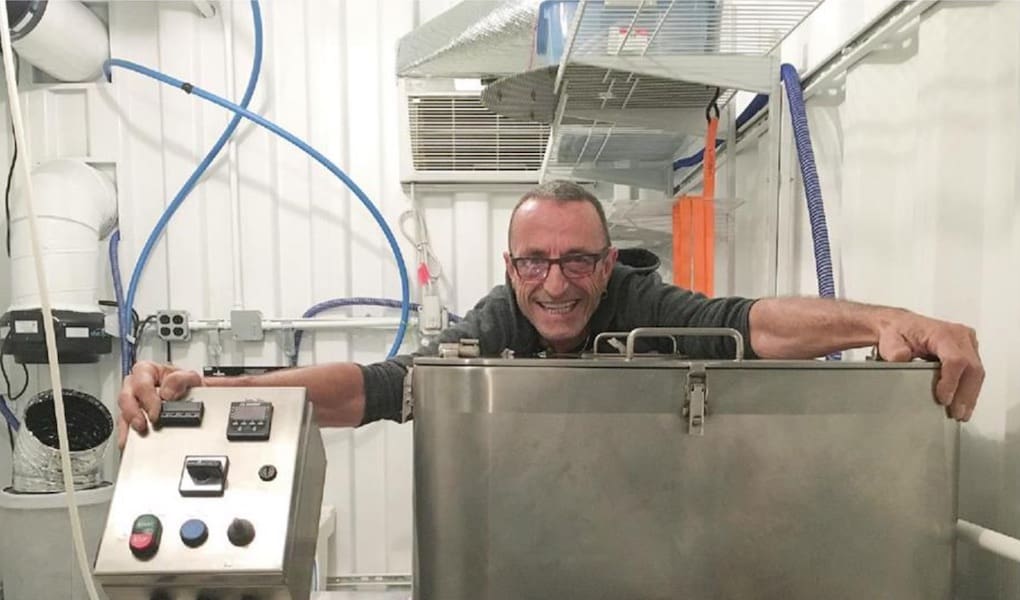France is not a country known for cannabis. Most smokers there only have access to hashish, which is widely known by its slang name, shit. (Sadly, sometimes this moniker proves accurate; a recent analysis of some European hash has found it to be tainted with nasty fillers such as tar, dirt and even human feces.) However, there is a rich tradition of beautiful Moroccan and Indian hashish being smuggled into the country for hundreds if not thousands of years. In the mid-19th century, there was the famous Club des Hashischins in Paris, a secret haven where writers such as Victor Hugo, Alexandre Dumas and Honoré de Balzac met in private to smoke and philosophize. The French have always loved their hashish.
So it is only fitting that the greatest evangelist of traditional hashmaking comes from the land of wine and cheese. This champion of the cause goes by the name of Frenchy Cannoli, and he’s a charismatic and enthusiastic expert with an unforgettable accent. He calls himself “the hunter of the melt” and has been chasing the finest solventless hash since he was 18 and first traveled to the East, inspired by books like The Arabian Nights. Many people know him from his popular workshops, fittingly called “The Lost Art of Hashishin,” that he holds all over the world and which provide an exhaustive explanation of the botanical science of cannabis resin heads and the ideal process for separating them from the plant. In these workshops, following a somewhat academic lecture, Frenchy demonstrates the extraction process using agitation in vortexed ice water followed by sieving through a fine micron bag. After collecting the precious material and allowing it to dry, the master hashishin (hashmaker) finishes with an appropriately low-tech tool in his hands, a wine bottle. He rolls the cylinder filled with near-boiling water over the mass and the first moment of “melt” is witnessed as the hash responds to the heat and succumbs to the pressure, becoming shiny and dark like caramel. Early in his career, Frenchy used to roll these flattened discs into tubes, which resembled the Italian pastry cannoli. This led to his nickname, Frenchy Cannoli. But now more often you see his product in the traditional temple-ball form. His Instagram page (@frenchycannoli) is pure hash porn with endless images of melting, slowly collapsing shiny marbles.

Frenchy is waking up the global cannabis scene to three critical concepts regarding quality that come largely from the wine and cheese industries. The first is terroir, an idea that translates roughly as the “taste of place.” This includes characteristics specific to the regional origin of an agricultural product. The second is the impact of sustainable, regenerative growing practices and the role of the farmer. And the third is affinage—aging the product under specific conditions to improve flavor, aroma and perhaps even potency. This is a concept used in the manufacture of cheese but is quite experimental in hashmaking.
Frenchy is immersed in the inner circle of the Emerald Triangle scene. He is the official hashmaker for Aficionado Estates, and he’s also a high-profile activist and writer. He is extremely passionate about protecting the multigenerational farms and their elite genetics from the onslaught of regulations and commercial interests. Northern California is his terroir, and he credits the land and the farmers there with the quality of his end products. Frenchy arrived at his knowledge of cannabis the old-fashioned way: through traveling, watching and participating as an ethnographer would. He was on the road for 18 solid years in hash-producing countries such as India, Pakistan, Nepal and Morocco. Most impactful were the eight seasons in India living in a cave near Malana, hand-rubbing charas from both wild and cultivated high-altitude cannabis. When you’ve spent this much time with resin on your palms, you know it and you respect it. As Frenchy says, “Hashish is the finest and final expression of the cannabis plant; it embodies all of the plant’s characteristics and takes them to a higher dimension.”
While he insists that hashmaking is “very simple,” Frenchy also elevates the art to the most refined level. I have had the pleasure of spending some time chatting with this legend on subjects dear to us both—India, French food and wine culture, and respect for genetics and farmers. I asked him a few questions about his personal hashmaking vision.

What parallels do you see between being a vigneron [winemaker] and a hashishin, and between wine and hash itself?
Producing traditional hashish is like making wine, collecting the ripest fruit is only the first step of a transformation toward excellence.
As a hashishin, I am very much like a winemaker, totally dependent on the terroir for quality. It is the land, the climate, the genetics, and the farmers’ dedication and practices that create the quality. When I was traveling in producing countries, nobody cared much that I made hash; what they all wanted to know is where I went to make it—at 700 feet in the valley or at 9,000. It has never been about who but where. Location, location, location.
A cannabis extract is like the juice extracted from a fruit, a true expression of the fruit but not the same as the full fruit in all its nourishing wholeness and beneficial characteristics. The grape, for example, is the matrix that creates the juice, and the sugar is like the cannabis plant’s trichome head which biosynthesizes over 150 unique psychoactive and medicinal compounds. But rejecting the matrix in a quest for purity is like extracting grape juice to make alcohol instead of crushing and fermenting the whole grapes to produce wine.
I know there is no science behind this as yet, but what do you think of aged “vintage” hashish like you find in India and Nepal?
The maturation of the resin glands through curing is similar to the transformation that happens during flower curing, especially when curing before trimming. A perfect curing of trichomes is mandatory to quality—why would it apply only to flowers? Most connoisseurs would agree that the aging process helps mellow the smoke and improve the flavors, but, again, there is very little scientific data available on the subject. On the other hand, there are plenty of firsthand accounts, including my own, with hash as old as 12 years, with three to five years being common. Like tobacco, wine, liquor and cheese, aging develops the taste. But the choice of container and oxygen removal is essential to the process. Hashish cured and aged to perfection has no rival in quality.

How do you see the distinction between what you do and the world of BHO/CO2/isolates?
Concentrates produced with butane and propane extraction versus hashish could be compared to the difference between producing wine and producing liquor like Cognac or distilling full-proof alcohol. These products all serve a purpose, just not the same one. A few years ago, I found certain aspects of butane-extraction production objectionable, but the industry and my thinking have evolved a lot. Butane extraction requires the use of petrochemical solvents, and the unrestrained use of these sorts of chemicals is bringing our planet to the verge of total ecological collapse. However, in the hands of professionals with closed-loop systems, and not homespun open blasters, it has unparalleled medicinal value in the form of isolate and distillate for those who need a powerful hit of pharmaceutical cannabis to stop a seizure. We all hunt the melt, which is expressed by the amount of resin formed in the heads. We all seek perfect ripeness and purity, meaning the cleanliness of the trichomes collected. The fundamental difference between sieved resin heads pressed into hashish and all other types of extracted resin is that while the process uses heat and pressure, the resin heads’ cellular matrix is part of the final product and for this reason cannot be considered an extraction.
Visit Frenchy’s website, frenchycannoli.com, and check out his docuseries project Frenchy Dreams of Hashish.
Originally published in the September, 2019 issue of High Times magazine. Subscribe right here.
The post Master Of Hash: Frenchy Cannoli’s Plan To Change The World Of Hashmaking appeared first on High Times.



0 DL LiNKS:
Post a Comment
Add yours...